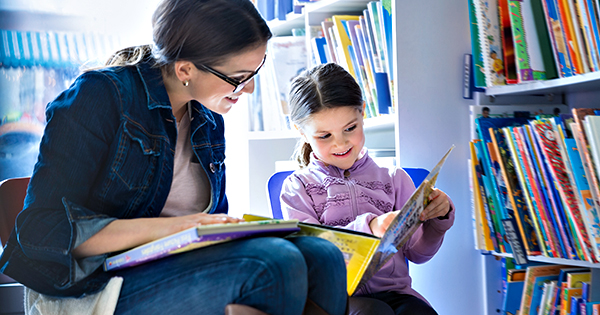
The idea that teachers know more than students is central to education. But there is also value in bringing student voices into the classroom and making their ideas and experiences an integral part of the class.
“In the past, teaching was seen as top-down content delivery, a process of teachers pouring knowledge into students,” says Gillian Parrish, a research and communications specialist at the Teaching Center at Washington University in St. Louis. “There is a reason for this approach, given that teachers bring expertise in an area of study.”
However, Parrish adds, this can also lead to “a tendency for teachers to view our voices as the most important in the room.”
Another approach, which some call “transparent teaching,” is “what a lot of teachers do instinctively—inviting students into their own learning by sharing the reasons behind course approaches and assignments, and making explicit the various skills we are building through the activities we design,” Parrish explains.
This can mean helping the algebra student answer the question, “When will I ever use this in real life?” or encouraging students to generate their own questions—and then find the answers—about historical events.
“Students need to be active in the learning process, encountering new ideas and skills through asking questions and grappling with the material, discussing and thinking aloud together,” says Parrish.
She offers several tips on how to make this happen in the classroom:
Listen to your students’ questions and comments
“Sincere interest in our students’ words is essential,” says Parrish. Your response to student questions can take class discussions in new and exciting directions.
Make sure to share your knowledge but also have students offer their ideas
“Teaching entails sharing our expertise, won through long experience, and yet it needs to be balanced with a deep understanding of the immense richness of students’ perspectives.”
This means teachers do need to keep sharing their own expertise. But if they also incorporate student ideas, it can lead to greater learning for everyone: “As teachers we are not just presenting information. We are co-creating new information through conversation with participants,” she says. “We need to genuinely value students’ voices, allowing their questions and ideas to inform the moment for everyone.”
Design lectures and presentations with student participation in mind
“Faculty, teachers and presenters need to make space for participants’ voices—and I don’t mean in the perfunctory way that we often think of it, as a matter of reserving time, especially in presentations—allowing 10 minutes for questions and answers at the end,” Parrish adds. “I mean seeing students’ voices as an integral part of the content of our class.”
Use student questions and comments to improve the class
“Student voices not only inform the moment—they are a powerful assessment tool for future learning as we work to fill in gaps in understanding and tailor class activities for our students.”
Both students and teachers benefit from this approach, Parrish explains: “The best teachers infuse learning with a sense of delight, because they are excitedly learning along with their students. Over the years of teaching new material, I find that it’s constantly fresh for me because students will offer remarkable insights, so I see a piece of the material in a completely new way.”
And another benefit, she adds, of this listening is that it models lifelong learning for students, and it models the power of conversation and learning in and through a community.
Categorized as: Tips for Teachers and Classroom Resources
Tagged as: Mid-Career Teacher, New Teacher, Professional Development
